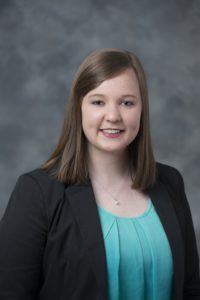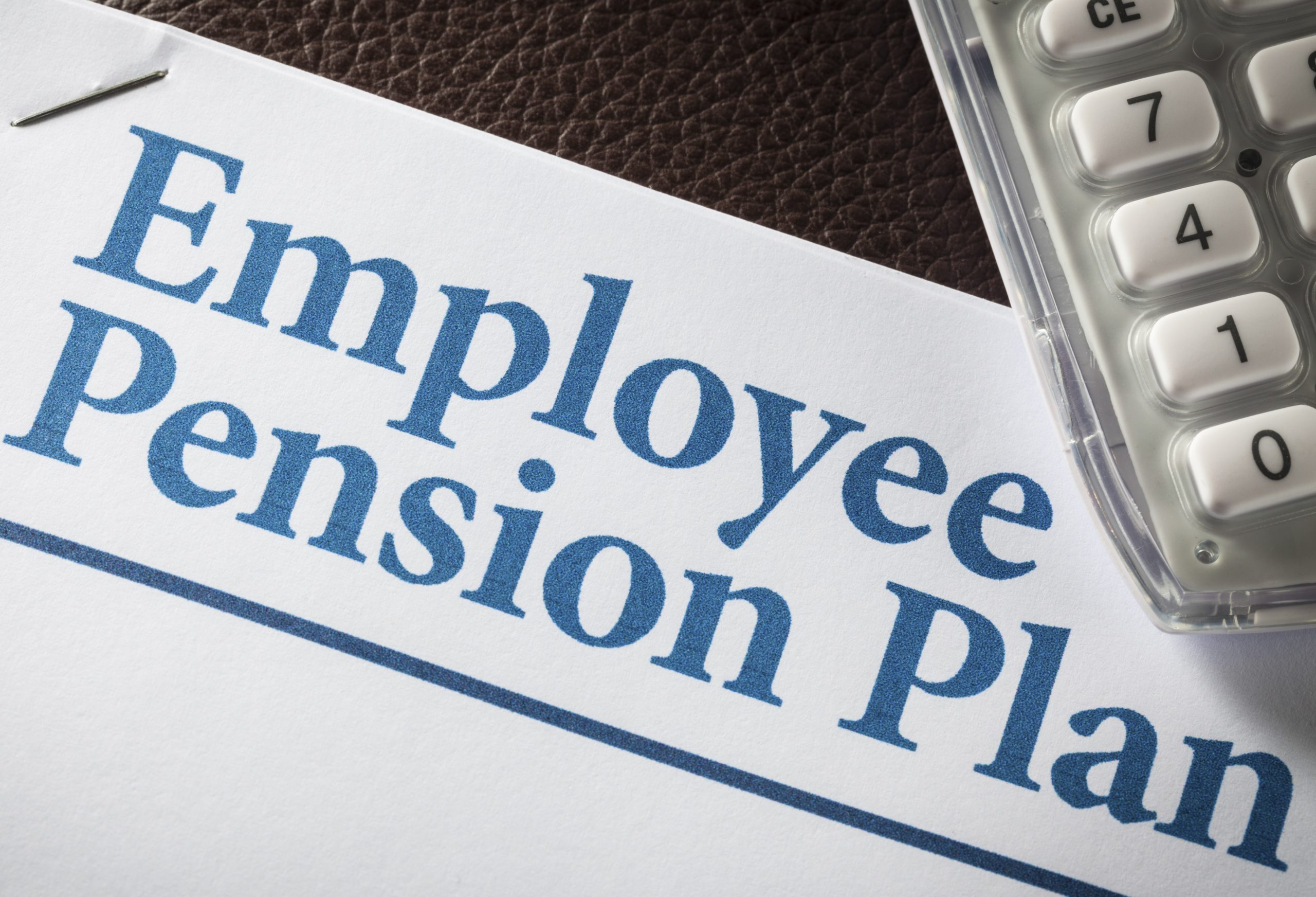
On December 29, 2022, the Consolidated Appropriations Act was enacted. Known as the Secure 2.0 Act there are several retirement and tax provisions with a focus on expanding coverage, increasing retirement savings, and the simplification and clarification of retirement plan rules. We would like to highlight the major provisions of the bill.
Required Minimum Distributions (RMDs)
The Act increases the applicable age requirement for taking Required Minimum Distributions (RMD’s). The new age for RMD’s is 73, and this became effective January 1, 2023. The age will increase again for 2033. For individuals who reach age 74 after December 31, 2032, the applicable age then becomes 75.
Increased Dollar Threshold for Mandatory Distributions
The involuntary distribution threshold will increase from $5,000 to $7,000 for distributions taken after December 31, 2023.
Catch Up Contribution Increase
Individuals age 50 and older can now make catch-up contributions to their workplace plan of $7,500 in 2023. Starting in 2025, individuals between the ages of 60-63 will be able to increase their catch up contribution to the greater of $10,000 or 50% more than the regular catch-up amount. Starting in 2024, earners of $145,000 a year or more, will have to make their catch-up contributions to a Roth IRA.
Changes to Long Term, Part Time Employees
Previously, 401(k) plans had to permit long-term, part-time employees to make elective deferrals if the employee had worked at least 500 hours per year for at least three consecutive years and had met the minimum age requirement (age 21) by the end of the three consecutive year period. The Act changes the measuring period for long-term, part-time employees from three years to two years and also extends the long-term, part-time employee provision to 403(b) plans that are subject to ERISA.
Automatic Enrollment of Eligible Participants
Beginning in 2025, the Act requires new 401(k) and 403(b) plans to automatically enroll eligible employees. Such plans must also meet three requirements:
-They must allow permissible withdrawals within 90 days after the first elective contribution.
-They must provide for automatic contributions, starting with a minimum contribution percentage of between 3% and 10% in the participant’s first year of participation (employees can elect to opt out.) At the end of each year of participation, the contribution percentage must automatically increase by 1 percentage point (unless the participant elects otherwise), to at least 10%, but not more than 15%. For plan years ending before Jan. 1, 2025, the maximum percentage is 10% for any arrangement that is not a safe-harbor plan.
-Automatically contributed amounts are required to be invested in accordance with Labor Department regulation 29 C.F.R. Section 2550.404c-5, if the participant makes no investment decision.
Note that plans formed before the Act’s enactment date are exempt from the automatic enrollment provision along with SIMPLE 401(k) plans, Sec. 414(d) governmental plans, and Sec. 414(e) church plans. Any plan in existence for less than three years and any plan maintained by an employer with 10 or fewer employees is also exempt.
Tax-Free Rollovers From Sec. 529 Accounts to Roth IRAs
Beneficiaries of Sec. 529 college savings accounts can make direct trustee-to-trustee rollovers (for distributions made after December 31, 2023) from a Sec. 529 account to a Roth IRA without tax or penalty. The Sec. 529 account has to have been in existence for more than 15 years at the time of the rollover, and aggregate rollovers cannot exceed $35,000. Rollovers are also subject to the Roth IRA annual contribution limits.
Student Loan Payments
Starting in 2024, the Act allows employers to match student loan debt payoff via employer contributions to an employee’s retirement account. Employees who receive such matching contributions are required to certify annually to the employer that payment has been made on the student loan.
Penalty Free Emergency Withdrawals
Effective for distributions made after December 31, 2023, participants can avoid the 10% tax on early distributions from retirement accounts. These are applicable for certain distributions used for emergency personal or family expenses. One distribution is allowed per year up of up to $1,000.
The Act also includes provisions to allow survivors of domestic violence and victims of a natural disaster to qualify for penalty fee withdrawals.
Beginning in 2024, the Act allows employers the option to offer their non-highly compensated employees to contribute to emergency savings accounts. Eligible participants can contribute a max of $2,500 each year. The participant can make up to four withdrawals from the emergency savings account each plan year without penalty.
403(b) Plans
The Act conforms the current hardship distribution rules for 401(k) plans to 403(b) plans and the long-term, part-time employee provision is extended to 403(b) plans that are subject to ERISA. In addition, 403(b) plans are now allowed to invest in collective investment trusts (CITs). Beginning in 2023, 403(b) plans can join a multiple employer plan (MEP) or pooled employer plan (PEP).
Audit Requirements for Groups of Plans
Each plan filing under a group of plans (added by the SECURE Act) is now required to submit audited financial statements if it has 100 participants or more. Plans with fewer than 100 participants that are included in a group of plans are not required to submit audited financial statements.


